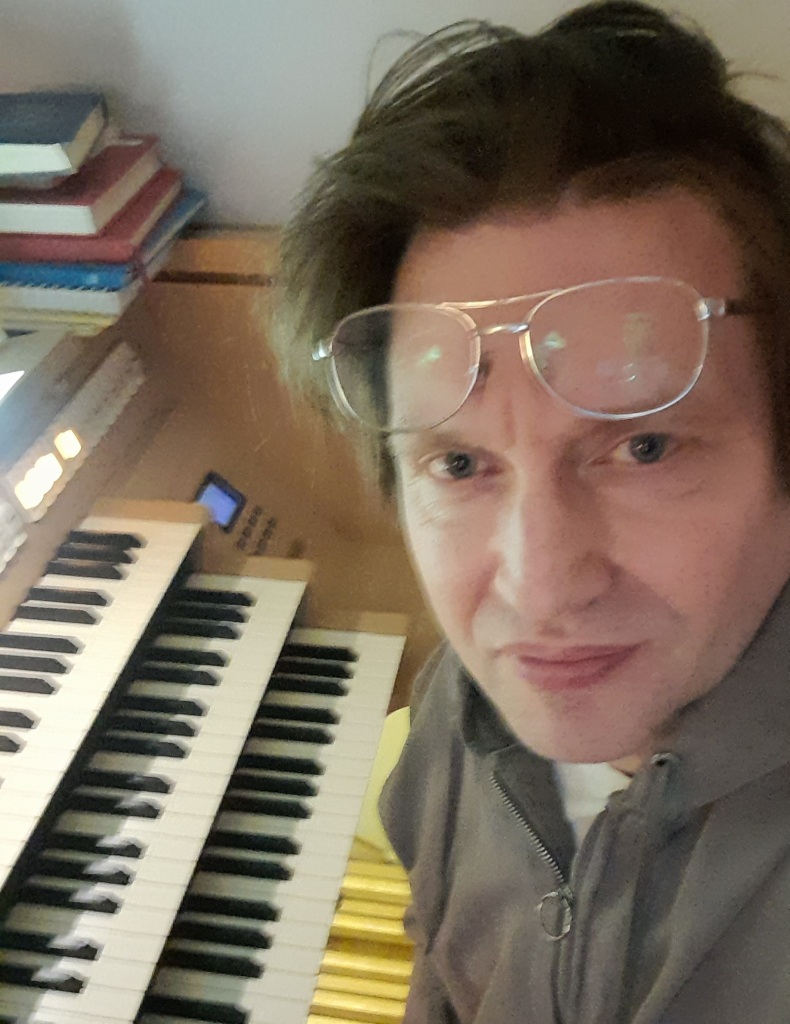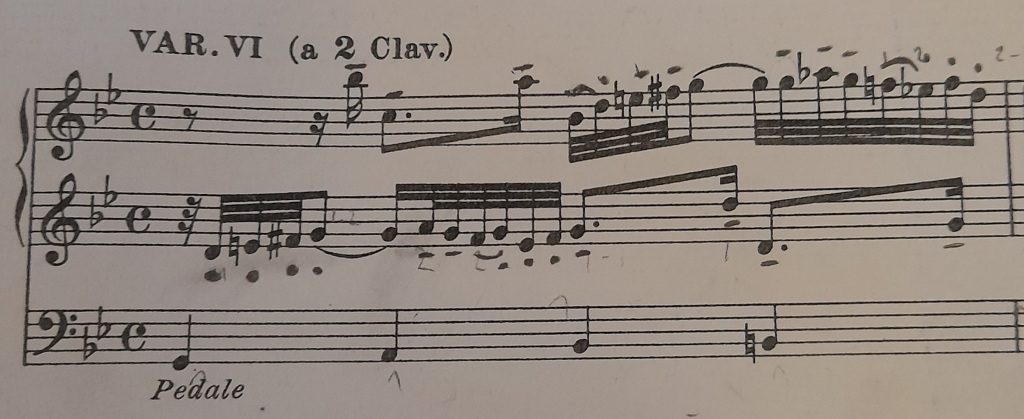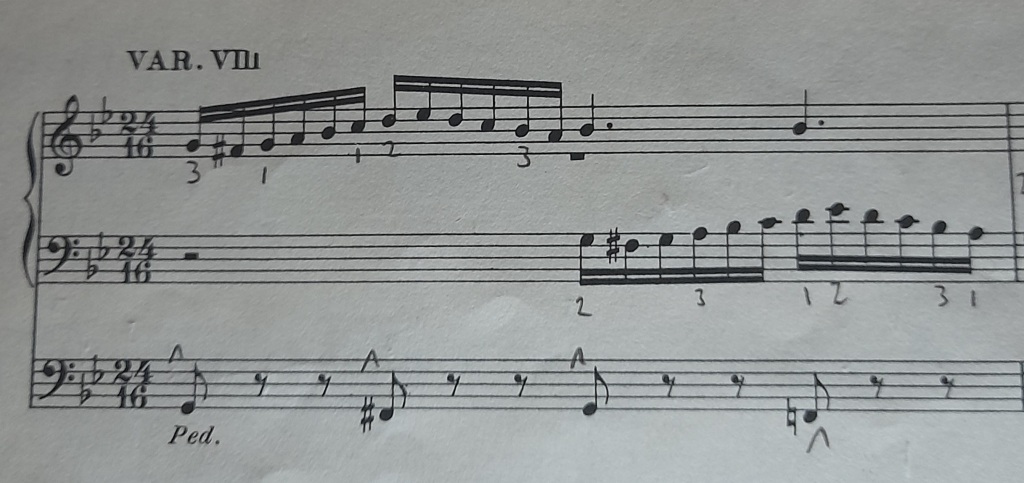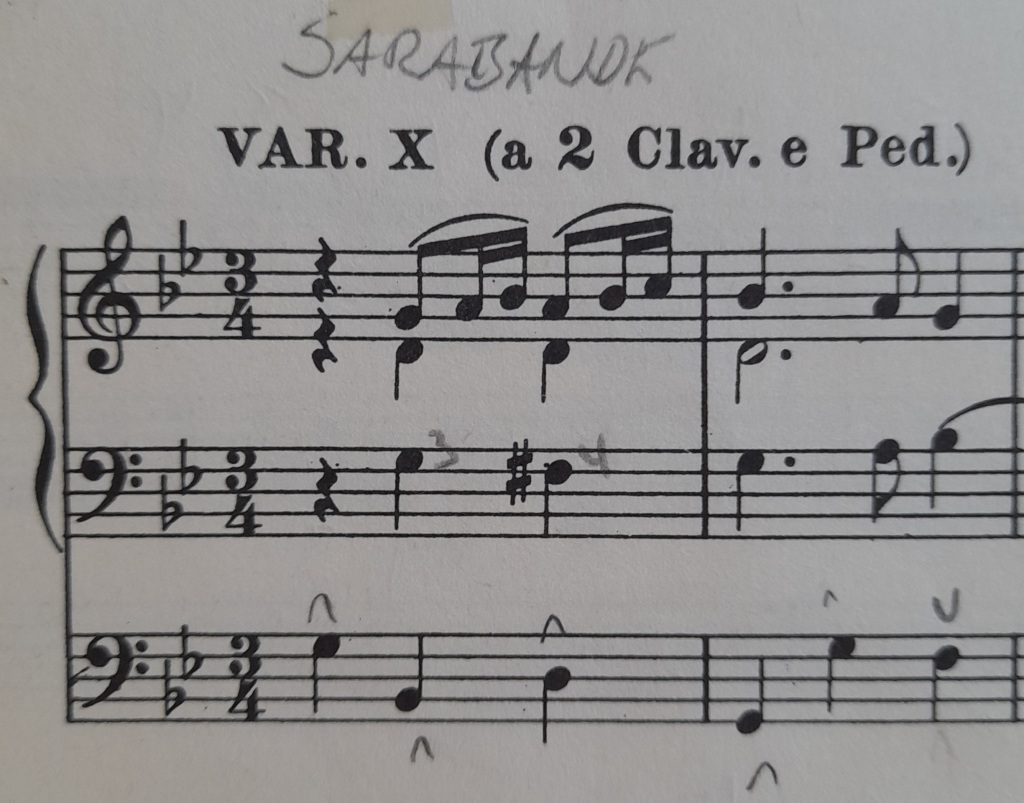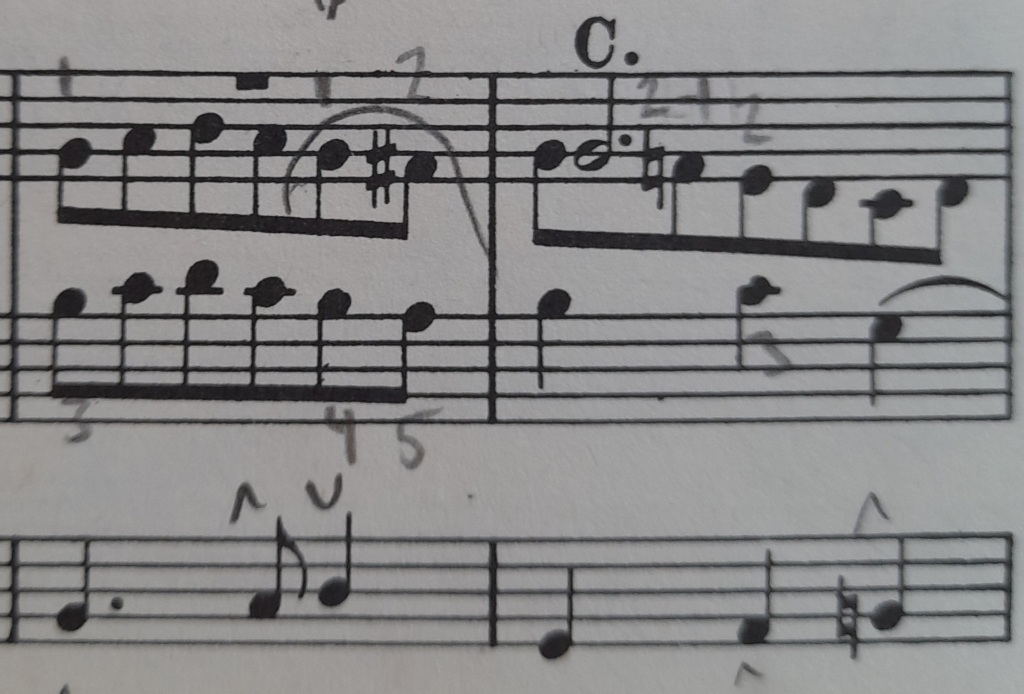
The most important thing, sitting at the church organ, is to really know the legato. Not that you have to use it, but you have to know it. When you play a scale so much legato that the pipe attacks can not be heard any longer, it is a clean legato. The power of playing a clean legato, is that anything that is not played as a clean legato, will be a kind of articulation.
Anyway – everything about the articulation at the organ is relative. If every note is played legato, it is impossible to play one note longer. When you want to play an accent at the organ, that specific note must be played a little longer than the other notes. So if you play a scale non legato, then it will be easy to play one note a little longer, to get that accent you want.
Imagine that you have a second option than clean legato. Now you play a scale a little less legato than clean legato, so that you can bearly hear the pipe attacks. The power of hearing the pipe attacks, is that some organs might have a strong pipe attack, that makes it is easier to follow the musical lines, if you let the pipe attacks be heard. This is very useful, if play with only a Principal 8′ or something similar.
Usally organists that play Bach, are very careful with the articulation, not using too much, so that the music will not be too much colored by the articulation itself.
But if you want to wake people up, and you want to create energy, then powerful accents are very useful. In a tango rythm, you can play short stackatos, mixed with long notes, that gives the music strong rytmic accents at the longer notes.
If you improvise a fugue in rytmic style, you can play some parts of the fugue almost stackato, to get the possibility to later reach an intense climax with pure legato. If you use a powerful registration like Tutti, legato is a kind of a heroic king that enters the stage, because the longer notes you play, the more sound you get out from the organ.
There are many schools around organ articulation. Especially when it comes to play Bach’s music. Actually it is pretty difficult to create schools around that, since organs are very different.
When you improvise music, you can let the organ decide what will really work. You just listen to the organ, and you create the accents that ”swing” by using your ear.
Even if you play complicated music in the end, it has to be buillt up with small things.




